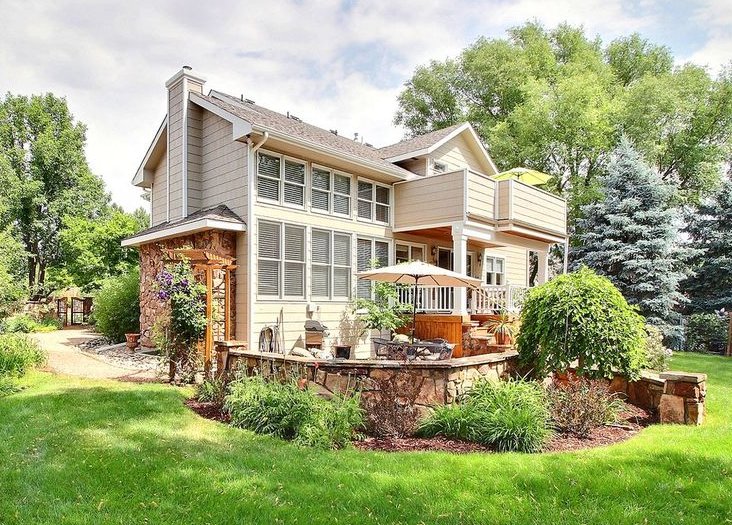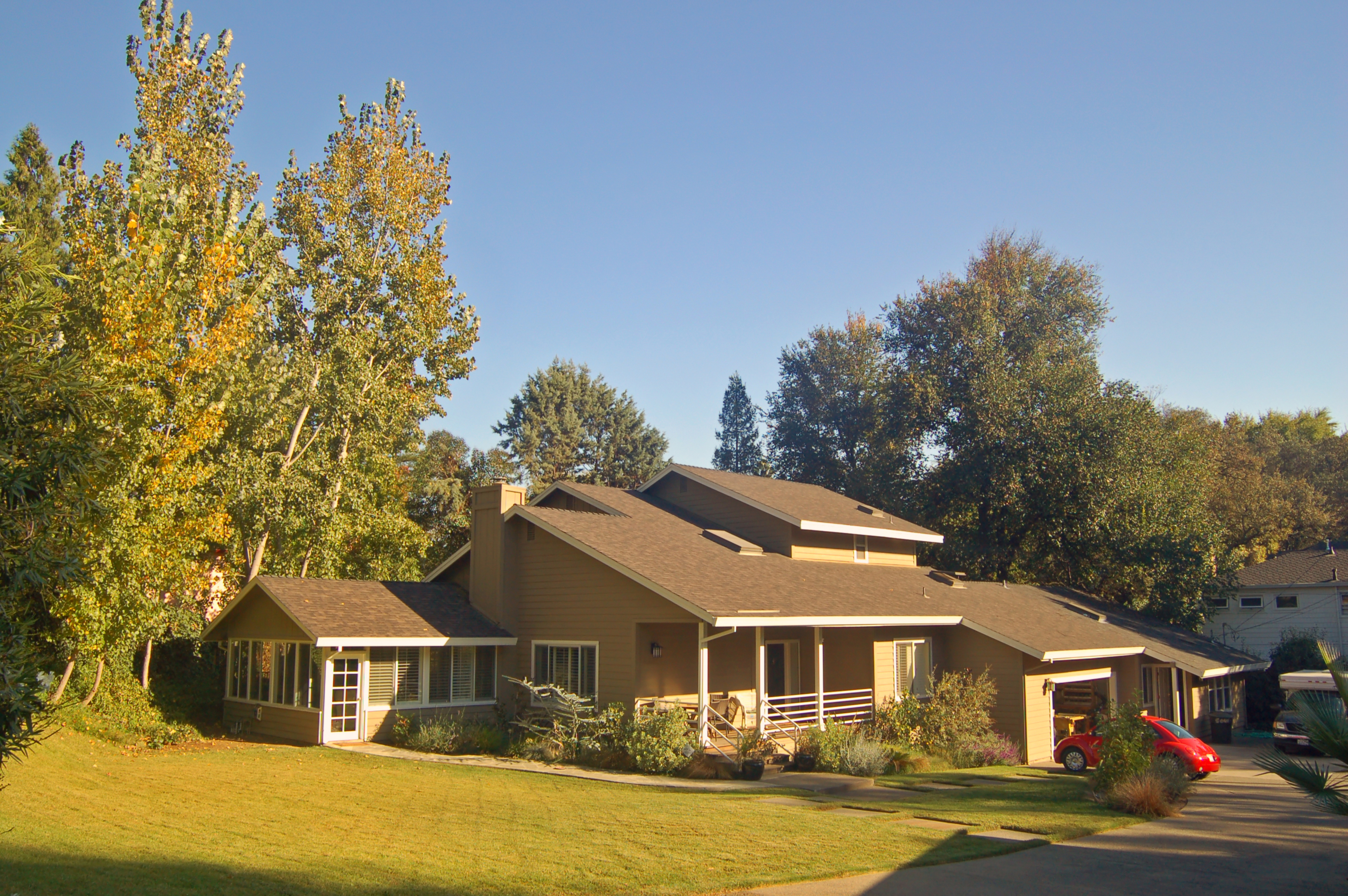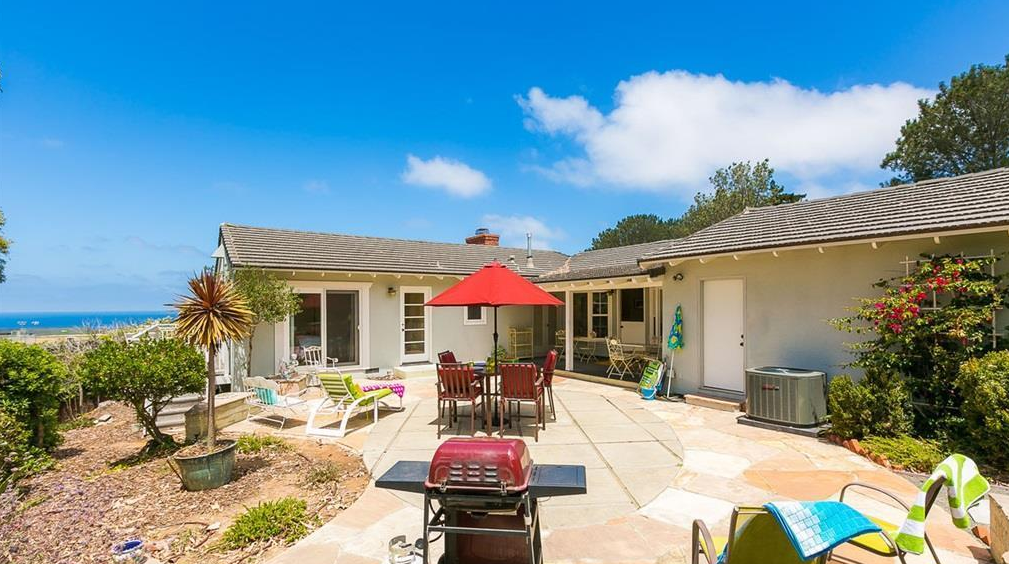What is a Business Purpose Hard Money Second Mortgage?
A business purpose hard money second mortgage is a type of loan issued by nonbank private lenders, including individual trust deed investors, family...
2 min read
 Ted Spradlin
:
Jul 23, 2023 6:27:53 AM
Ted Spradlin
:
Jul 23, 2023 6:27:53 AM

In order to obtain a hard money second mortgage, you'll need to know the acceptable ratio between the balances of the first and second mortgages. In general, private money and hard money second mortgage lenders want the principal loan amount between the first mortgage and the second mortgage to be at a maximum 5:1 ratio.
Let me explain how this works.
A real estate investor owns a $1,000,000 property with a $500,000 first mortgage in place. They contact FCTD requesting a $100,000 hard money second mortgage. That’s a 5:1 ratio between first and second mortgages. That works.
This is acceptable because it both fits within the 5:1 preferred ratio, and is at 60% CLTV, another parameter that I covered in a different blog post. While a 3:1 ratio is even better, a 5:1 will work most of the time.
Over the years, I’ve received dozens of calls from borrowers requesting small, hard money second mortgages where the ratio between first and second is 10:1 — or even 20:1. When I say small loans, I’m talking anywhere from $7,000 to replace a septic system, up to $100,000. (Our preferred minimum loan amount is $150,000.)
Conclusion
If you’re looking for a hard money second trust deed, 5:1 is an acceptable ratio between the balances of the first and second mortgages. That number makes sense to hard money lenders. It protects them from wasting time on a small loan, or shelling out excessive costs to salvage a minimal amount of money, should they have to foreclose on their second position.

A business purpose hard money second mortgage is a type of loan issued by nonbank private lenders, including individual trust deed investors, family...

When you're in the world of real estate financing, navigating all the options can be a maze. Among the many choices, hard money second mortgages have...

If you’re a real estate investor or business owner seeking fast financing using your primary residence as collateral, this article covering the five...